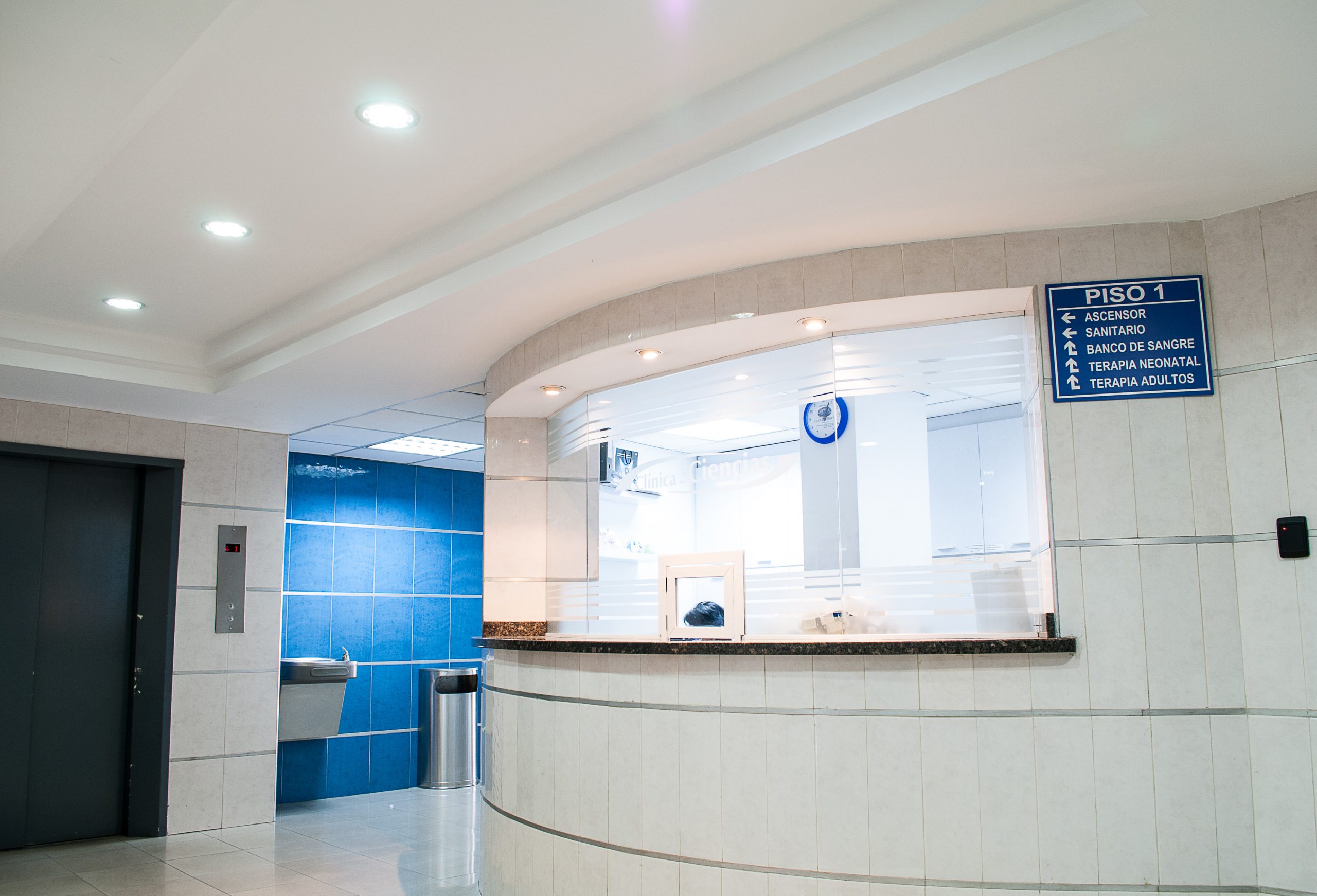As the pandemic continues to unfold, the healthcare industry continues to treat its patients through urgent care telehealthcare sites, delivery of pharmacy services, drive-through coronavirus testing sites, and of course, community centers for in-person care appointments. That is to divert hundreds of thousands of patients from the risk of congested hospitals, especially for states, such as Washington, Florida, California, and New York, where the demand for coronavirus and in-patient care is at its peak.
“New York has been devastated by this crisis. Community health centers continue to provide care for 2.4 million New Yorkers, keeping them healthy, at home, and out of hospitals—which is essential to saving lives and protecting our hospitals. At Hudson River Healthcare, we have swiftly adapted, offering video and telephonic primary care, behavioral health, and substance use disorder treatment services with extended hours,” says Anne Kauffman Nolon, the CEO of Hudson River Healthcare.
Nolon further reports that they have quickly implemented COVID-19 testing, as with rapid antibody testing for New York’s frontliners. Being at the forefront of the pandemic, New York expresses the need for support and resources for continuous healthcare provisions.
That highlights the urgent need for community health centers. Although a seemingly small dot in the huge landscape of medicine, they have become essential to the system now. While rural communities mostly depended on community health centers, urban communities also lean on these systems now for support. Health care centers, like many other hospitals across the nation, are facing extreme financial challenges amid the COVID-19 crisis. There is no other way to put it: community health centers are struggling to survive.
Mikia Wallis, the CEO of Borrego Health, expresses that they have been facing crippling financial problems over the last three weeks. Despite significant investment in virtual visits, fewer patients are coming for medical services, and the CHC is seeing a drop by a whopping 60 percent. She further notes, “We anticipate that we may face deep workforce losses and have to shutter some of our clinics by the time this pandemic runs its course.”
On the other end, the government continues to look for ways to address these issues. The Congress, in particular, recognizes the key function of health centers during the pandemic, which is why the CARES Act was established. In addition to the $1.32 billion budgeted under the Coronavirus Preparedness Response Supplemental Appropriations Act, the government sets aside $100 million for healthcare.
The CARES Act: Additional help for community health centers
The $1.32 billion coronavirus fund means $50 per patient across the nation, but the other sources of assistance have limitations and infeasibility. For one thing, the magnitude of the disaster is unprecedented and community health centers are nonprofit corporations. The CARES Act was established to address this, as the provisions are applicable to businesses, which include nonprofit organizations, such as community health centers.
Through the budget allocation, communities will now be able to maintain patient care, allowing small employers to borrow up to $10 million to cover rent, payroll, and any other overhead costs. Unfortunately, too many health centers operate in such large systems that help is difficult to lend.
Among the 1,432 community centers grantees nationwide, 93 with more than 500 employees remain ineligible for the program—these are the hardest-hit communities, including New York, Washington, and California. These health centers comprise 31 percent of staff and 28 percent of patients across the country.
“Community health centers are on the front lines in California, serving 7.2 million people. They need to be as strong and prepared as possible to help combat this disease across our state,” says Carmela Castellano-Garcia, the CEO of the California Primary Care Association. “If they don’t receive additional resources we are undermining one of our most vital assets at one of the most critical moments in this nationwide battle.”
What happens now?
Community health centers will remain in operation—anything opposite of that will cause a collapse in the entire healthcare system of America. There’s plenty to address, and these centers continue to struggle financially, with resources dwindling by each passing day. In a time of unprecedented circumstances, the government needs to act with precision and caution.
For updates and developments on the coronavirus pandemic, check out Dose of Healthcare today.


















